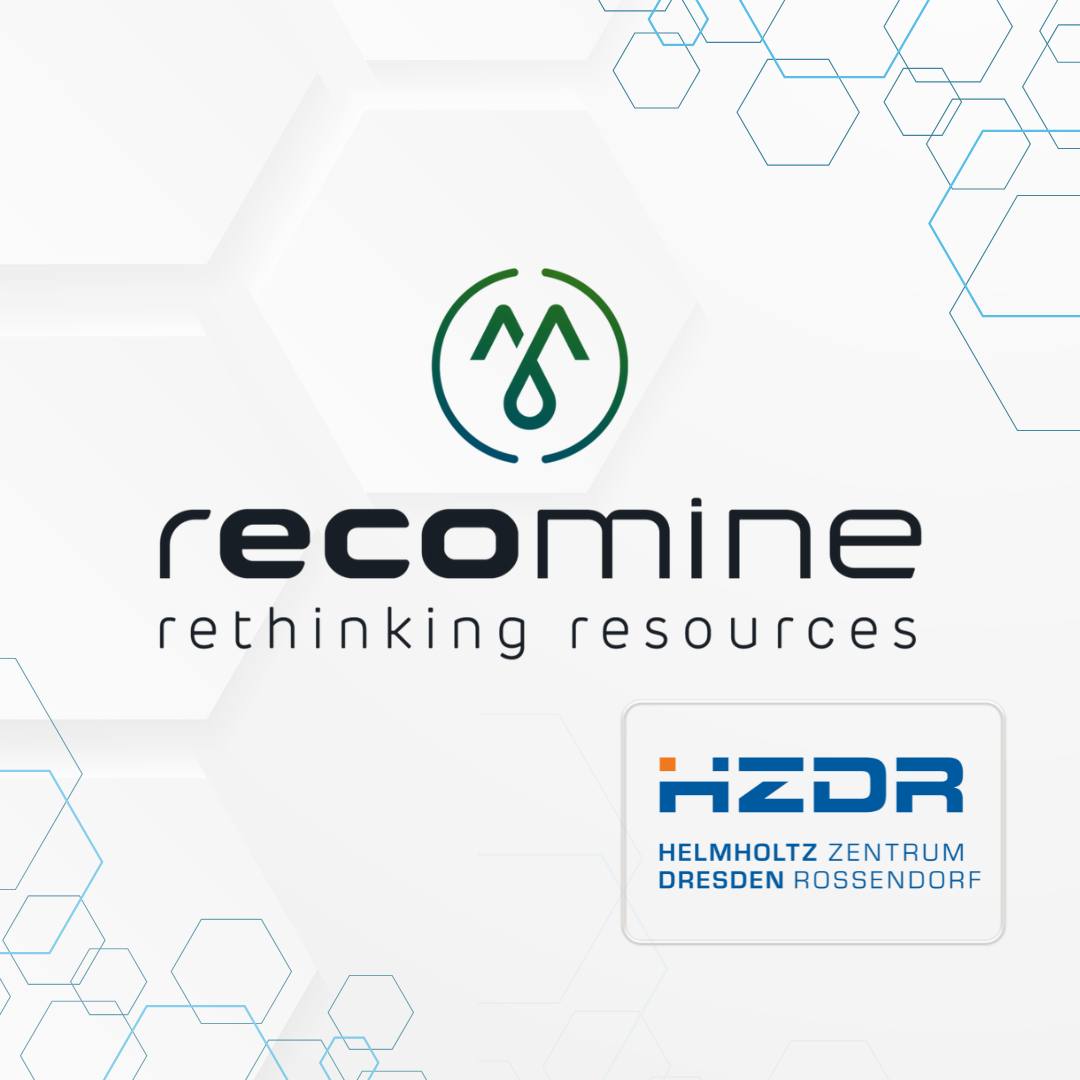Helmholtz-Zentrum Dresden-Rossendorf: Innovations for a Sustainable Future
Helmholtz-Zentrum Dresden-Rossendorf (HZDR) is a world-renowned German research center located in the Rossendorf district of Dresden. It is part of the Helmholtz Association of German Research Centers.
At HZDR, research is conducted in three of the Helmholtz Association’s six research fields: energy, health, and matter.
Energy
HZDR scientists seek economic and environmentally friendly solutions for future energy supplies. Their work focuses on developing technologies for exploring, extracting, using, and recycling strategically important metals and raw materials. Techniques explored include precision methods for mineral extraction and biotechnological processes for mining and processing metals. Additionally, they contribute to advancements in energy storage technology, particularly through research on liquid metal batteries.
Health Research
HZDR aims to make strides in early cancer detection, diagnosis, and treatment. Its cancer research centers on several key areas: the development of radioactive drugs for cancer diagnostics and therapy, cancer immunotherapy, advanced imaging techniques in oncology, and laser-based particle acceleration for proton therapy. Significant attention is also given to next-generation precision radiotherapy and advancing personalized cancer treatments.
Matter Research
HZDR scientists use advanced research facilities to enhance the properties of traditional materials and create new ones. This includes work on modeling steel casting, developing radiation sources, and generating ultra-strong magnetic fields to study the properties of various materials, such as superconductors. Additionally, research focuses on expanding the use of semiconductor materials in electronics and computing.
The Helmholtz-Zentrum Dresden-Rossendorf is also part of the Recomine Alliance, which unites companies, research institutions, educational organizations, government agencies, and NGOs to find innovative solutions for areas affected by mining and metallurgical contamination. This approach reduces restoration costs by reusing raw materials and benefits from broad regulatory and community support.
